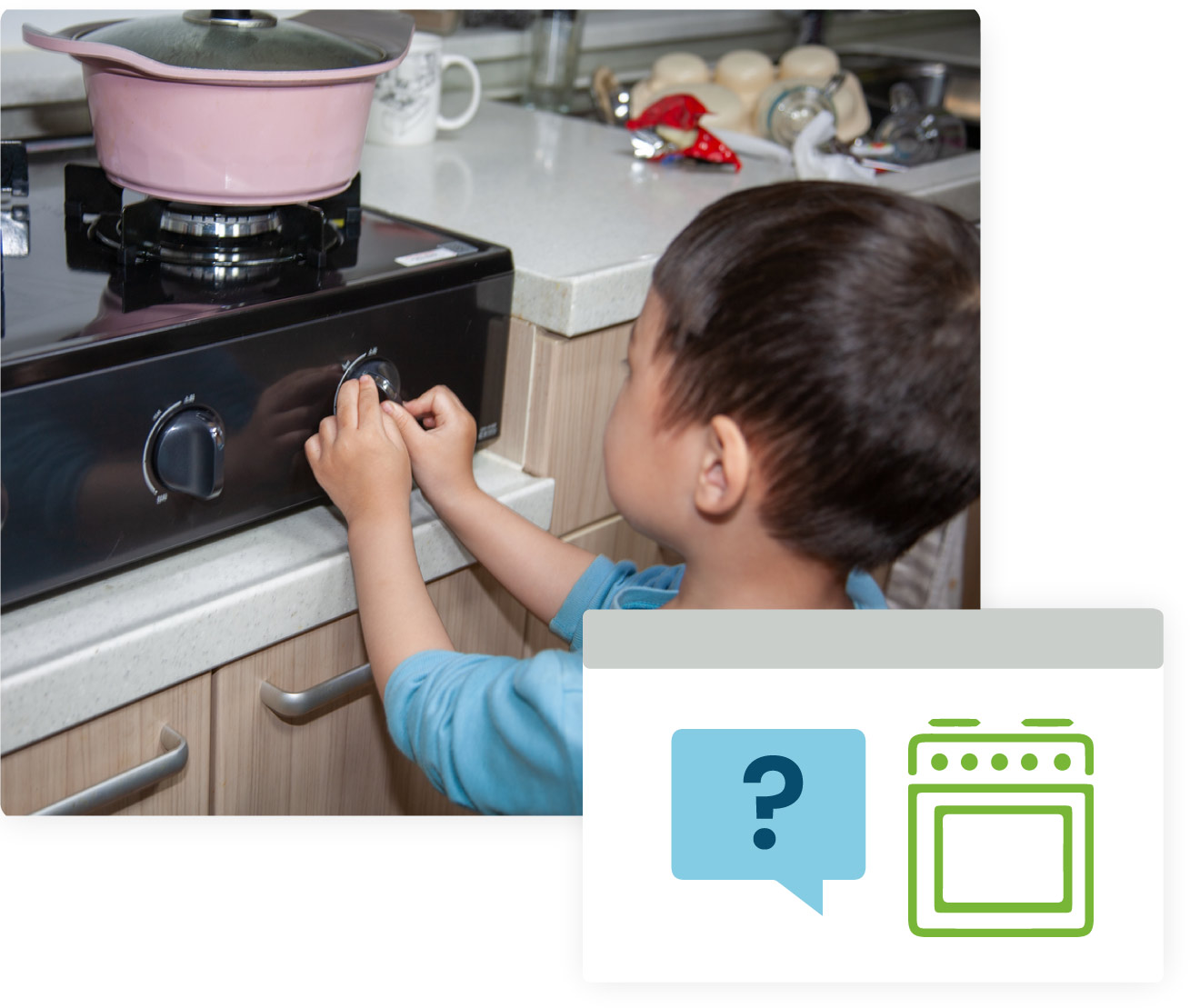CleanAir.Health compiles the best peer-reviewed research on the risks of gas stove pollution, guidance from leading health societies, and steps you can take to protect your health and your family's health.

If gas stoves are dangerous, why are we only talking about this now?
We all know that outdoor air pollution from sources like car and truck exhaust is bad for us. This pollution can cause breathing problems, heart disease, and other illnesses. That’s why the EPA has standards that limit the level of outdoor air pollution.
Until very recently, indoor air quality has been a major blindspot. Even though we spend close to 90 percent of our time indoors, there are no standards for the air we breathe in our homes and workplaces. That’s part of the reason why gas-powered home appliances, like stoves, have flown under the radar.
But just because the federal government hasn’t set indoor air quality standards doesn’t make it safe to burn gas in our homes. Many of the pollutants that come from gas stoves are the same as the pollutants that come from tailpipes. Scientists and leaders in the gas industry have known for more than a century that burning gas indoors is dangerous for our health.
Public health organizations are warning of the health dangers of gas stoves.
The American Public Health Association says gas stove emissions are a public health concern. The American Medical Association instructed its members to inform their patients and the public about the risks of gas stoves. The Massachusetts Medical Society recognizes the link between gas stoves and asthma. The Washington State Medical Association declared that cooking with gas is a health hazard. In a recent literature review, the American Lung Association found that reducing indoor air pollution from combustion, particularly from gas stoves, can benefit health. Harvard Medical School is now advising patients on how to reduce their exposure to gas stove pollution.


